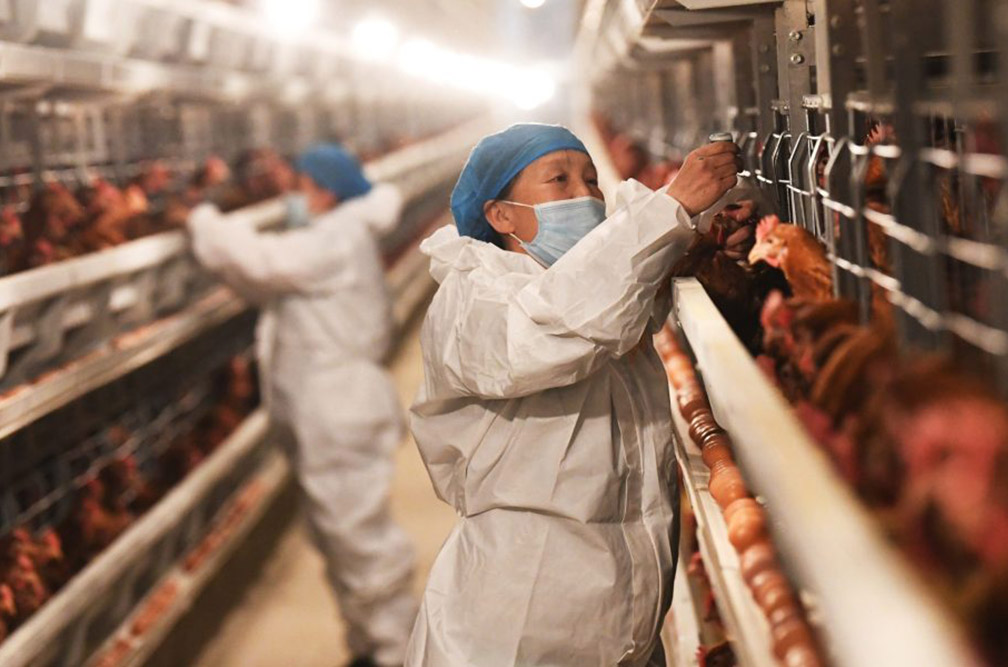As COVID-19 fades from daily headlines, another infectious disease—bird flu—has taken its place this spring, causing concern as it spreads to poultry in 48 states, dairy cows in nine states, and even affecting two individuals in Texas and Colorado.
Thankfully, experts believe this outbreak of avian influenza won’t escalate to the scale of the COVID-19 pandemic. However, with its reach into both wild and domestic animal populations, there’s understandable worry about its potential impact on human health.
What exactly is bird flu?
The current strain of bird flu circulating is a highly pathogenic avian influenza (HPAI), which poses a significant threat to both wild and domestic birds, as well as the poultry industry and global economy, according to the U.S. Department of Agriculture (USDA). Unlike the milder form seen in wild fowl, HPAI can have devastating effects on poultry populations, leading to rapid spread and the necessity of mass culling to prevent further transmission.
Influenza viruses are categorized into four types, with bird flu falling under type A. The strain causing concern is H5N1, named for proteins on its surface. This virus can swiftly spread among wild birds and, if it reaches domestic poultry, it can result in severe consequences, including rapid mortality rates among flocks.
How does bird flu transmit to humans and other animals?
H5N1 possesses segmented DNA, making it capable of genetic exchange when it infects both birds and mammals. This characteristic, known as genetic shift, can lead to the emergence of new and potentially dangerous viral strains.
While H5N1 is not currently known to spread easily among humans, it has the potential to do so through genetic reassortment or mutations. The pandemic potential of such viruses is rare but not unprecedented, as seen in historical outbreaks like the Spanish flu of 1918-1919 and the H1N1 swine flu pandemic of 2009.
Although H5N1 primarily infects birds, it has crossed over to various mammalian species, including some unexpected hosts like dairy cattle. The recent spread of bird flu to cattle is concerning and highlights the adaptability of the virus to different animal hosts.
When did bird flu last appear in the US?
The recent outbreak of bird flu in the US was first detected in wild birds in January 2022 and has since spread extensively, affecting both wild bird populations and domestic poultry. The virus’s ability to infect various species and its rapid spread among densely populated poultry farms underscore the challenges in containing such outbreaks.
Despite widespread media coverage, the risk to human health remains low, with only a few isolated cases reported. However, continued vigilance and monitoring of the situation are crucial to prevent any potential escalation of the outbreak.
Is it safe to consume poultry and dairy products?
Authorities assure the public that standard food safety measures, including pasteurization and proper cooking, mitigate the risk of H5N1 transmission through food products. Pasteurization effectively inactivates the virus, ensuring the safety of dairy products like milk, cheese, and yogurt.
While the risk to human health from bird flu remains low, maintaining proper hygiene practices and adhering to food safety guidelines are essential precautions. Vigilance and proactive measures in both the agricultural and public health sectors are necessary to mitigate the spread of bird flu and safeguard human health.



